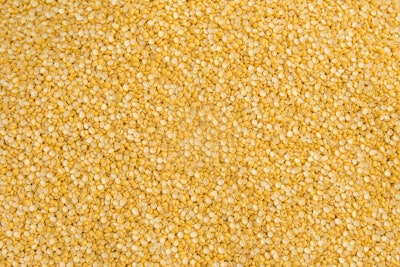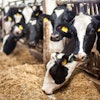
Benson Hill has launched its advanced yellow pea breeding and commercialization program.
The program is an important next step in the Company’s growth strategy and will enable Benson Hill in the coming years to bring to the fast-growing plant-based protein market and the pet food and animal feed markets a portfolio of enhanced, non-GMO yellow pea ingredients.
Yellow pea is one of the fastest-growing sources of protein for plant-based meat alternatives with a market that is forecasted to reach approximately $140 billion by 2029, according to industry sources. Despite this, yellow pea has traditionally received very little genomic innovation. With initiatives like the yellow pea program, Benson Hill will be well-positioned to capitalize on this market opportunity as it continues to grow.
Through its yellow pea program, Benson Hill is working to shorten the typical development cycle for yellow pea varieties and the time it takes to bring yellow pea ingredients to market. It’s creating non-GMO yellow pea varieties that taste better, which could limit the need for additives in plant-based food product formulations.
Another focus is increasing yellow pea protein content, which could reduce the need for expensive, environmentally intensive processing steps typically required to produce current commodity yellow pea protein ingredients.
“There’s a misalignment between what consumers want from plant-based food products and what commodity ingredients can deliver today. At Benson Hill, we are using cutting-edge technology and a unique go-to-market business model to address this growing disparity,” said Matt Crisp, Chief Executive Officer of Benson Hill.
“Our yellow pea program, combined with the analytical power and food science insights of CropOS®, will empower us to harness the natural genetic diversity within the plant and deliver more whole ingredients that offer great taste with fewer additives and significantly improved environmental benefits.”
The company is working to establish sustainability best practices across its yellow pea supply chain. Its new varieties, which will be developed in the heart of North Dakota’s yellow pea growing region, may provide an additional field performance advantage for U.S. farmers, as existing yellow pea varieties have traditionally been optimized for growing conditions in Europe and Canada, rather than the U.S. The Company has also established a coalition of elite growers to scale its commercialization efforts.





















